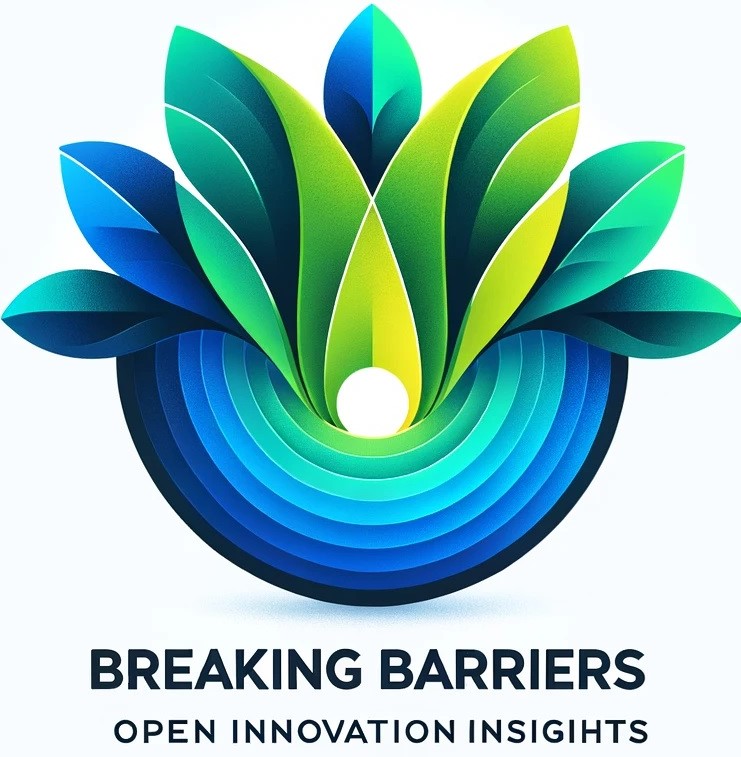For all the amazing innovators, leaders, founders, entrepreneurs, and students—undergrad, grad, and beyond—tasked with building AI strategy, many of you whom I’ve had the privilege of mentoring and coaching through programs at the Johns Hopkins University and University of Texas at Austin, and at annual startup events at my alma mater, this one’s for you. Whether you’re building your first AI company, experimenting with ideas, or evaluating startups, the same big question keeps coming up: How do I actually use AI coding agents to build real products?
That’s why I’m wrote this —a comprehensive cheat sheet and practical playbook, honest and experience-driven, that you can use as a real-world guide.
There are amazing product ideas, including AI products, than ever, but, for example, learning to build ML models or work with AI coding agents for AI products is just one piece of the puzzle. The reality is that while AI accelerates the product development journey today, it also raises new challenges—especially in the details that matter most.
The Game Has Changed—But Fundamentals Still Rule
I was a hard-code programmer for years—so obsessed with bugs that I’d take them to bed and wake up thinking about them. (If you’re a true coder, you get it.) When I pivoted into product and project management, the problem-solver mindset never left me. What’s changed now is the speed—AI coding agents have made development exponentially faster and iterative at scale, and yes, coding is more fun than ever – especially for the ones willing to wear multiple hats as Product Managers, Architects, and Developers. If you can clearly incept a product idea with real value, you can now build it end-to-end yourself.
But here’s also the truth: The fundamentals matter more than ever. The last 10% of your product will determine whether your first 90% was even worth it.
What I’ve Learned
AI can brute-force through the first 90% shockingly fast. But that last 10%—the nuance, the polish, the user experience—that’s where human intuition and hands-on know-how become irreplaceable. AI will help you build a foundation, but your instincts, intuitions, clarity on requirements, knowledge, discipline, coding skills and vision shape the end product – especially on all those edge cases.
As I work on a few AI ideas, building full-stack products from the ground up, I’ve gathered some hard-earned tips:
- Even with all the help you have from LLMs and other AI tools, spend 80% of your time on gathering and understanding requirements yourself. Be as clear and precise yourself before jumping on to coding with agents.
If your requirements aren’t clear to you, they’ll be even less clear to an AI. Use LLMs to help clarify, but don’t outsource your core thinking – AI coding agents/LLMs are mere an extension of your own thoughts and understanding you have of your product. - Feed requirements in small, phased batches.
Go agile: break work into small chunks, just like you’d ask a dev team. Build, package, release—then repeat. - Validate and test everything.
Treat AI output as a draft. AI agents are powerful but mistake-prone. They’ll make assumptions, hallucinate, or add code you never asked for. - Document every lesson learned.
Keep a running “rule book” for LLM mistakes and lessons. Each time you ask for code, say, “follow the rule book”—and keep adding to it with every round. - Iterate, test, correct—then iterate again.
Check what the code actually does, not just whether it runs. Let your coder instincts lead the review. - Maintain hands-on coding skills.
You don’t need to know every technology stack in depth, but you should understand enough to catch mistakes made by LLMs and guide the development process. Ultimately, it’s your responsibility to ensure all the components across your stacks work seamlessly and effectively together. - Protect your product vision.
Only you can connect dots for your users and see what matters. Don’t let that get lost in translation with AI. - Embrace the speed, but don’t shortcut quality.
Coding is genuinely more enjoyable now—my bugs and problems rarely last overnight. But don’t compromise clarity or validation.
- Never skip code reviews—even for AI-generated code.
Treat it like code from a junior dev. Peer review, pair programming, and static analysis will catch subtle bugs. - Ask for explanations.
Prompt your AI to explain its code and choices. You’ll understand more and catch hidden logic errors early. - Automate tests from the start.
Get AI to write unit and integration tests as it goes. This keeps your feedback loop tight and supports fast iteration. - Keep version control tight.
Commit your progress frequently. Traceability isn’t optional—AI code is still your codebase. - Upskill continuously.
Stay sharp on core coding and AI/ML frameworks. The better your foundation, the better you’ll guide AI tools. - Prioritize documentation.
Use AI to generate docstrings, READMEs, and system docs. This pays off for handoffs and scaling later. - Test edge cases—fail fast.
Ask AI to brainstorm user errors and edge cases. Build in those tests from the beginning. - Guard data privacy and security.
Never paste sensitive data in prompts or code. Anonymize samples; protect your users. - Watch for silent technical debt.
AI can create “working” code that’s messy under the hood. Make refactoring part of your routine. - Mix your tools.
Try multiple coding agents/LLMs. Sometimes one will spot an issue the others miss.
Why Prompt Engineering Matters for Coding
You’ll hear a lot about “prompt engineering” in the AI world—but it’s not just for chatbots or content generation. Prompt engineering is a superpower for anyone coding with AI or LLMs. Here’s why it’s a crucial part of getting the most from your AI coding agents:
- Turns Ambiguous Ideas into Clear Instructions:
The clearer your prompt, the closer the AI’s code output matches your intent. Prompt engineering is like writing a great spec for a developer—clarity drives quality. - Breaks Down Complex Problems into Manageable Tasks:
Use prompts to tackle one function, feature, or module at a time—keeping the workflow efficient and under control. - Teaches the AI Your Style and Best Practices:
Prompt the AI to follow your coding standards, patterns, or comment style. Consistency is key, and prompts help enforce it. - Avoids Unwanted Code and Reduces Hallucinations:
Clear prompts spell out not only what to do, but also what not to do—reducing mistakes and surprises. - Accelerates Debugging and Refactoring:
Use prompts to ask for code reviews, performance tweaks, or style updates—let the AI help you iterate quickly. - Automates Documentation and Testing:
Have the AI generate docstrings, inline comments, usage examples, or even full unit tests as part of the coding workflow. - Supports Iterative Development:
Prompts let you refine code in steps: “Now add error handling.” “Now make it asynchronous.” You’re always in control. - Makes Onboarding and Collaboration Easier:
Well-crafted prompts can be shared or reused across teams, making it easier to keep quality high and processes smooth.
Prompt engineering bridges the gap between your ideas and the AI’s output. The better your prompts, the better (and safer) your code—faster, and more on target.
Mindset Reminders for Builders & Leaders
- Treat AI as a collaborator, not a crutch.
Your vision, intuition, and feedback create the value—AI is your amplifier, not your replacement. - Celebrate small wins and share what you learn.
Foster a culture of open experimentation, transparency, and ongoing improvement. Whether you’re leading a team or mentoring founders, model this. - Stay curious.
AI is moving fast. Best practices will keep evolving. Keep learning, stay humble, and be open to change.
The Bottom Line
AI coding agents will get you 90% of the way—faster than anything we’ve ever seen.
But that last 10%?
That’s where your coder’s intuition, product vision, and human connection take over.
Master your requirements, keep learning, iterate fearlessly—and you’ll build products that not only work, but truly matter.
Keep building. Stay curious. Coding is more fun—and more impactful—than ever.













